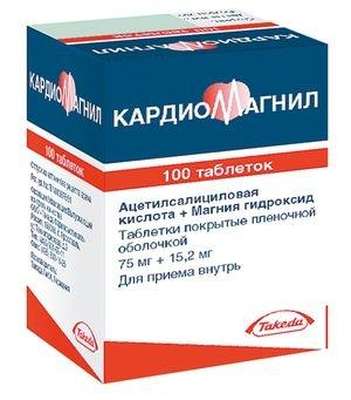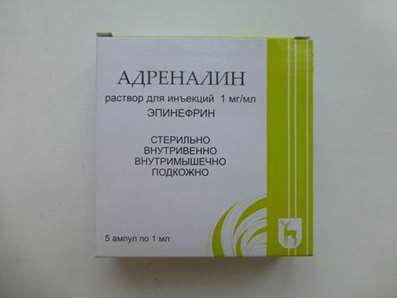L Glutamine for Rehabilitation after Heart Attack
12 Feb 2017
Rehabilitation after heart attack
Myocardial infarction - one of the leading causes of death worldwide. The most dangerous period after cardiac catastrophe - the first three days and two months is a high risk of recurrence. Recovering from a heart attack last up to six months, and during this time the patient is vital to accurately perform the prescribing physician. The ability to return to work and to the former way of life depends on the location in the heart of necrosis and the extent of myocardial damage.
The extent of myocardial injury and the prognosis of prolonged ischemia depends on how quickly and how much first aid. Current treatments for the first 6 hours offer reduced zone which is subject to necrosis. You can try Glandokort.
Rehabilitation after myocardial include medication, diet and motor mode. A gradual increase in physical activity in patients receiving β-blockers, ACE inhibitors, antiplatelet agents and statins, and anti-arrhythmic drugs is damaged pathways, help the heart adapt to new working conditions, when the muscles of the dead. On the possibility of expanding the motor activity is judged by the condition of the patient, in response to treatment. At 7-10 days post stabilization of patients after a heart attack, prescribed walks that start with a few tens of meters of a very slow pace, accompanied by an assistant. In the future, the distance that can overcome the patient increases, and this dynamic is the primary marker for determining the degree of heart failure, which is a natural complication of myocardial infarction.
Is it possible to speed up recovery after a heart attack?
The rate of recovery processes is individual for each person and depends on the initial state of health, genetics and lifestyle both before and after a heart attack. Therefore, effects the same degree of myocardial lesions in different individuals can be estimated only on a complex of factors.
Restoring infarction determined by the ability of timely removal of decay products and the availability of resources to sustain life myocytes, which are located around the area of necrosis. After myocardial heart lacks amino acids, as all the resources intended to combat disintegration toxins and scar formation.
The amino acids glycine, cysteine, glutamic acid, while receiving help your heart more easily adapt to new stresses are material for the synthesis of strong antioxidant - glutathione. These amino acids are components Eltacin drug that is prescribed after a heart attack as a constant. Long-term use Eltacin helps prevent repeat heart attacks as glutathione helps to meet myocardial oxygen demand, strengthens the heart muscle and reduces the functional class of heart failure.

 Cart
Cart





